Tomb Raider (2013) continues to receive high praise for its exceptional level design, balancing exploration, combat, and storytelling.
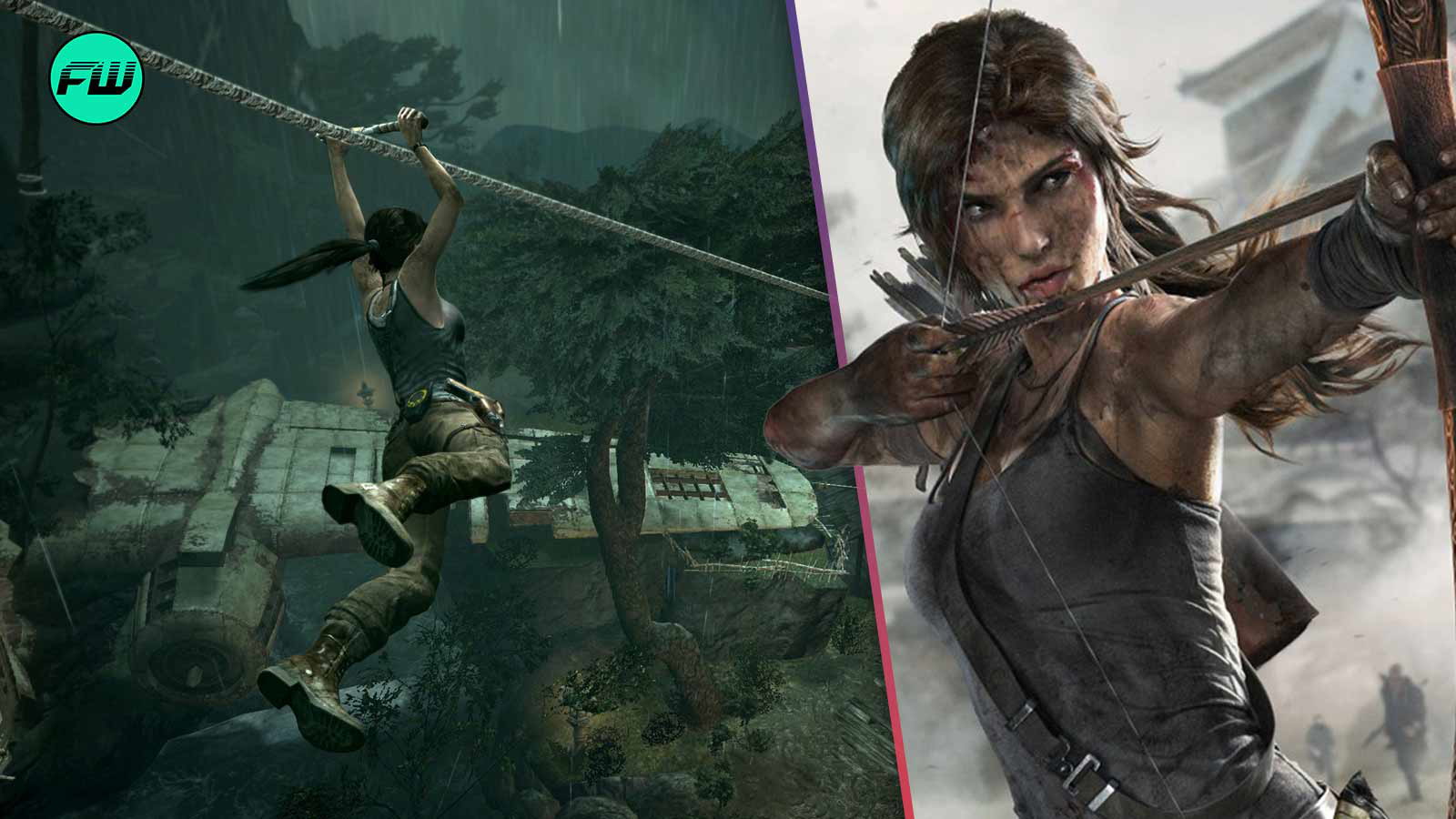
The Tomb Raider franchise has had a long-lasting impact on the gaming world since its release in 1996. Its main protagonist, Lara Croft, has become one of the most recognized figures and has spawned numerous titles, spin-offs, and even a handful of movies, cementing its name in the history books.
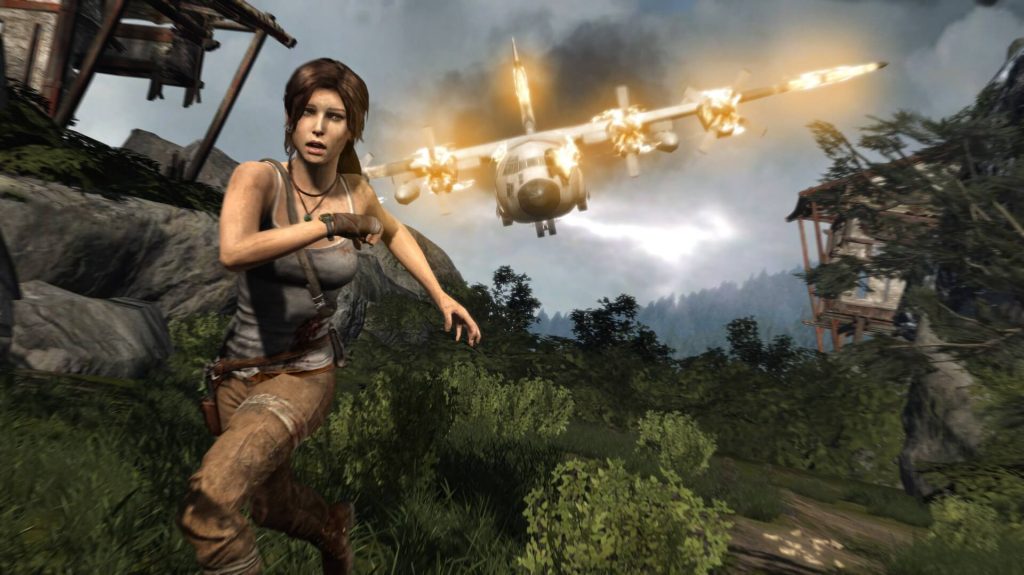 The franchise has a long-lasting impact on players. | Image Credit: Crystal Dynamics
The franchise has a long-lasting impact on players. | Image Credit: Crystal Dynamics
From the pixelated world of the original to the cinematic portrayals of Lara Croft, the series has always been at the forefront of action-adventure gaming. While there are various games in the franchise, fans continue to return to one specific chapter: Tomb Raider (2013), a decade after its release, and praising its level design.
Tomb Raider (2013) is the perfect blend of modern and classic
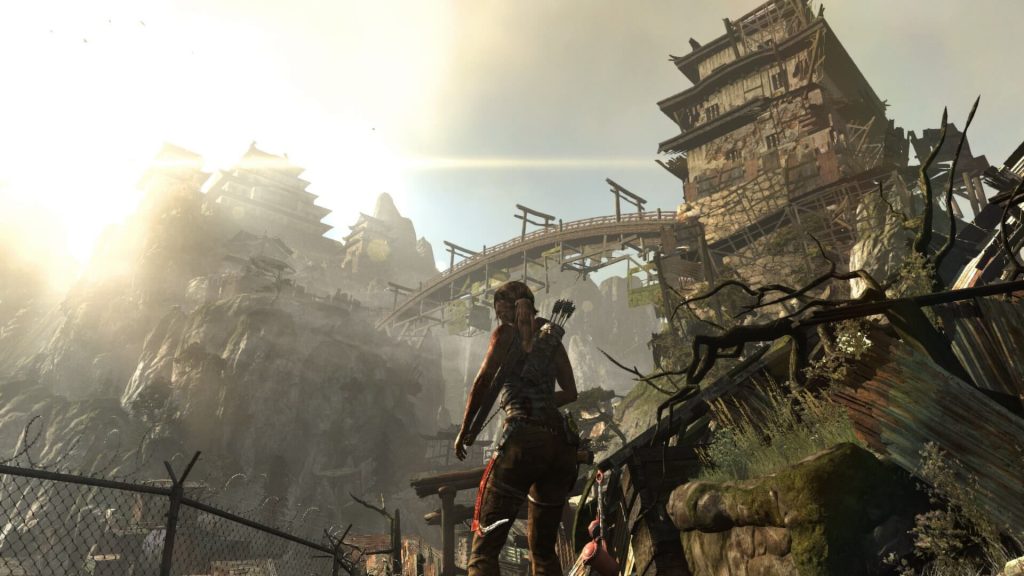
⛶
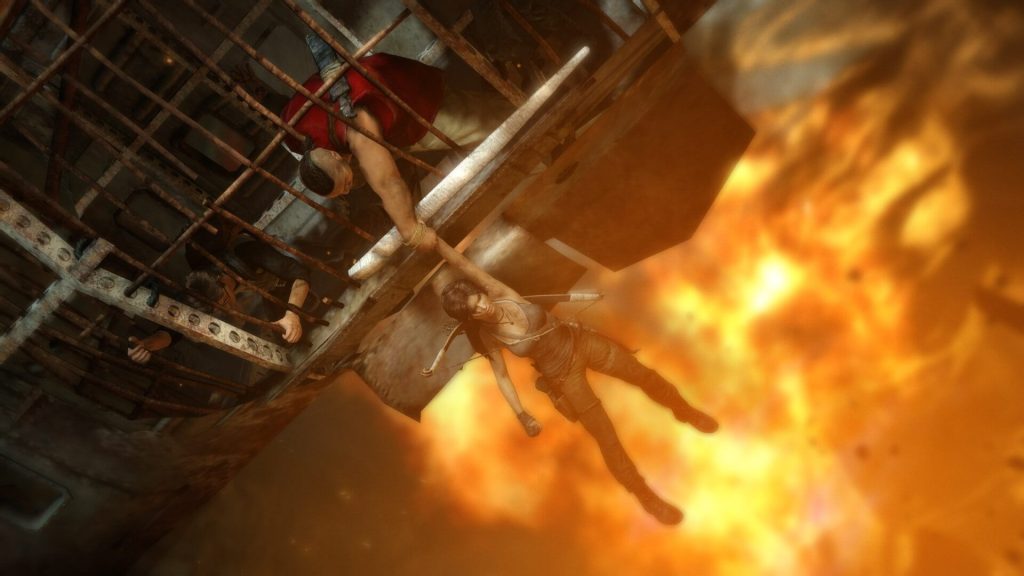
⛶
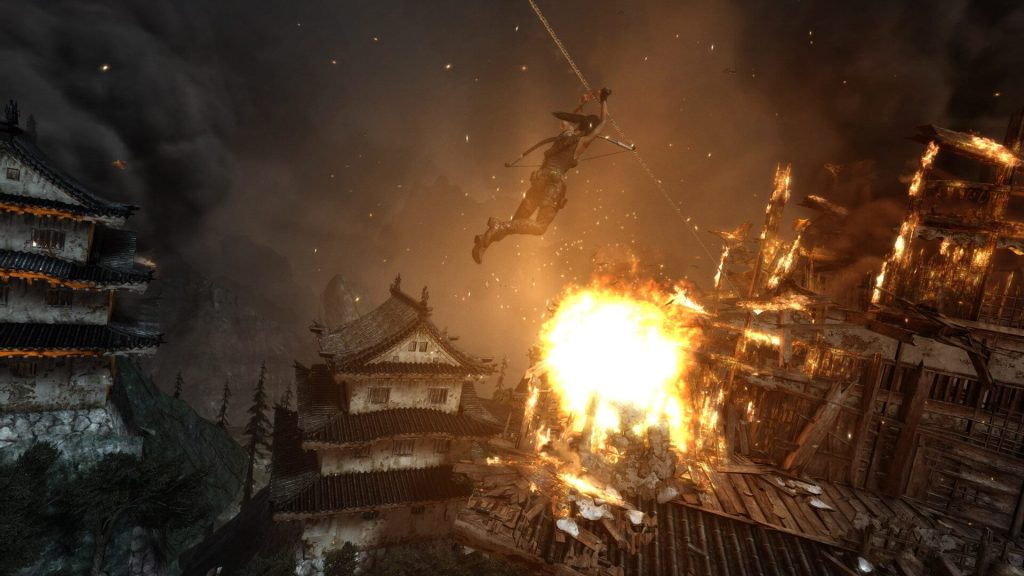
⛶
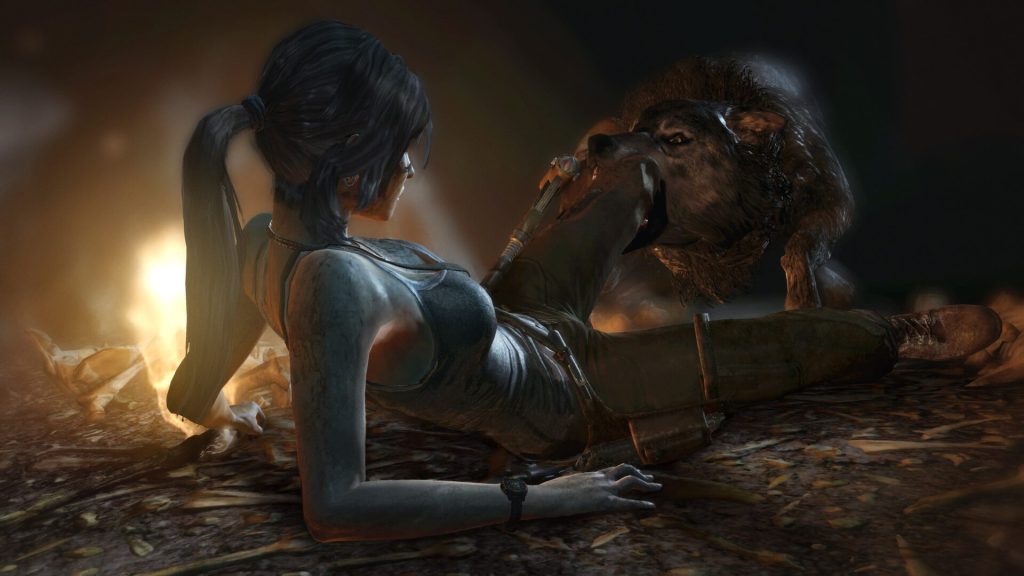
⛶
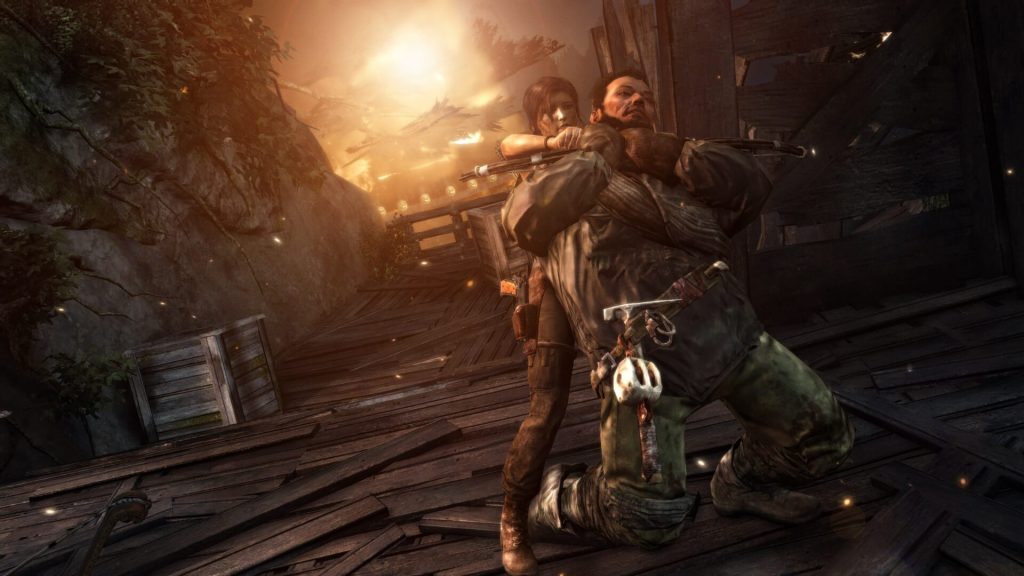
⛶





Released in 2013, Tomb Raider marked a bold and ambitious return of the franchise with a reboot. The game aimed to retain many of the elements that made the original so beloved: its exploration, platforming, and action-filled sequences.
However, Crystal Dynamics took it a step further by introducing major advancements in both storytelling and technology. Rather than focusing solely on the ancient tombs and action, the 2013 reboot redefined Lara Croft’s character, showing her transformation from a young adventurer into a tough heroine.
Technologically speaking, the game was a revelation. The stunning visuals, realistic physics, and meticulous attention to environment design showcased how far the industry had come in terms of graphical fidelity and interactivity.
Now, more than a decade later, fans are still revisiting the game and are amazed by its level design, calling it some of the best in gaming. From its expertly crafted environments to its open yet linear structure, the 2013 reboot allowed players to explore the island of Yamatai in a way that felt organic and rewarding.
Even though the last main title in the franchise was released in 2018, the levels of Tomb Raider (2013) continue to hold up as a gold standard of design, showcasing how the game found the perfect balance between exploration, combat, and storytelling elements.
Tomb Raider (2013) has become a timeless classic for many
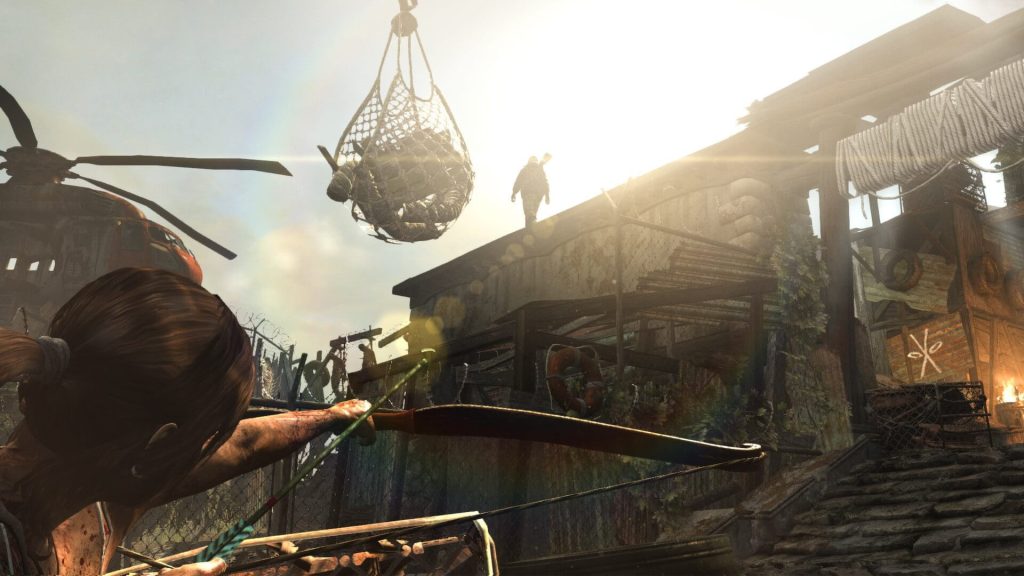 Fans continue to enjoy the game and its intricate level design. | Image Credit: Crystal Dynamics
Fans continue to enjoy the game and its intricate level design. | Image Credit: Crystal Dynamics
The franchise has continued to evolve introducing various remastered versions, spinoffs, etc. But there is no denying the legacy of the 2013 reboot. More than a decade after its release, it has remained a benchmark for exceptional level design, blending exploration, narrative, and gameplay.
Players continue to revisit the island of Yamatai, not just for the thrills of combat or the allure of treasure hunting, but for the well-crafted environments that make every moment feel meaningful.
In an industry that is constantly evolving, and where games come and go, Tomb Raider (2013) has proven to be a timeless classic, with its level design standing as one of the greatest achievements in modern gaming.
In the end, for both old fans and new players, the 2013 reboot serves as a reminder that great-level design can elevate a game into something more than just a series of challenges, it can create an experience that lasts well beyond its release.





